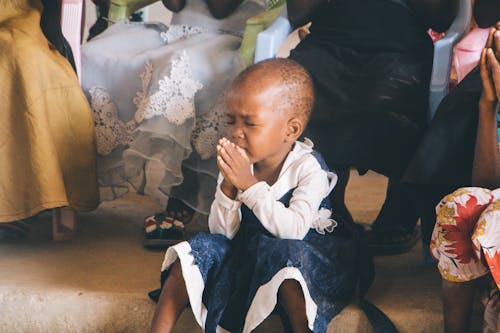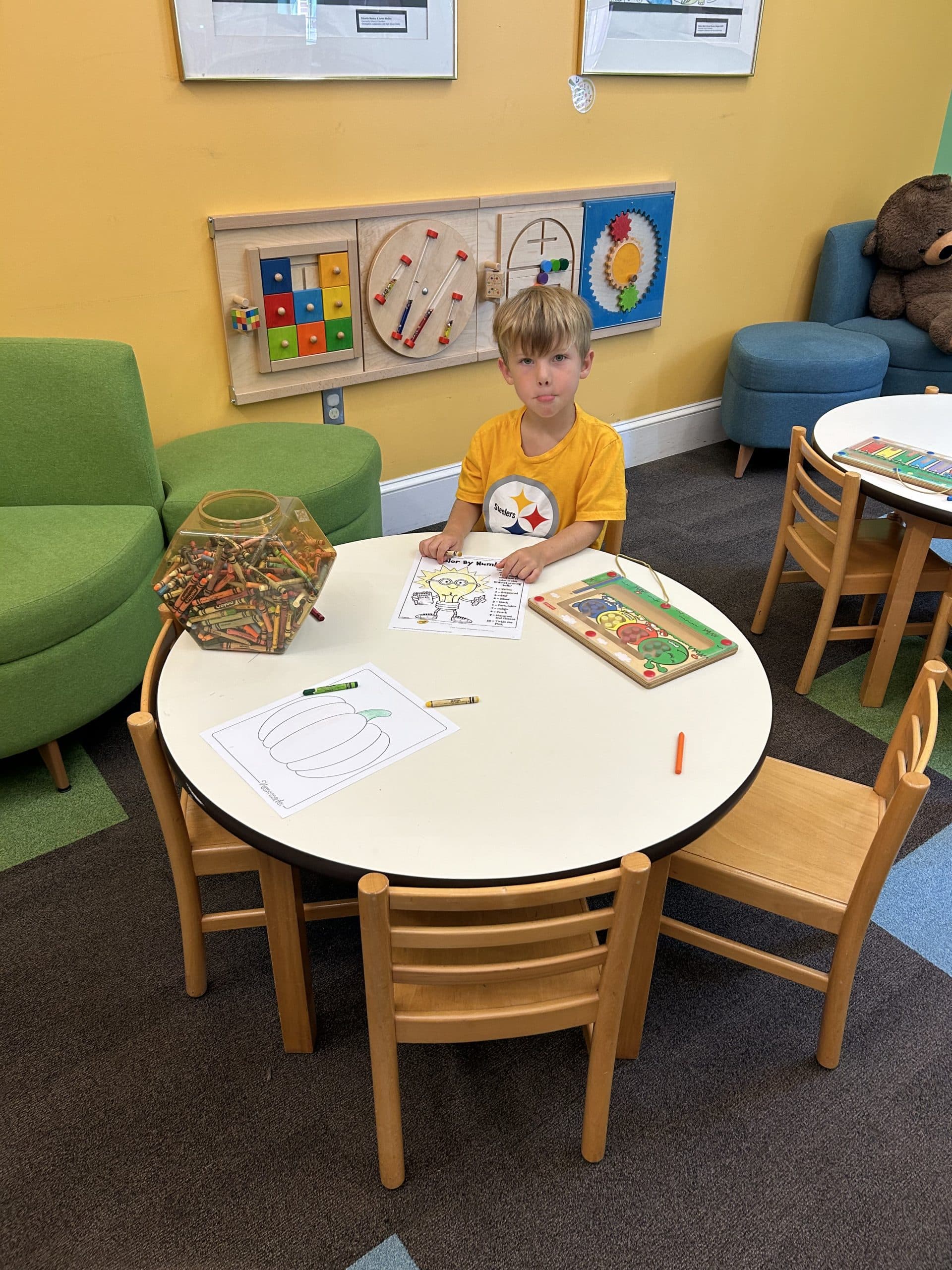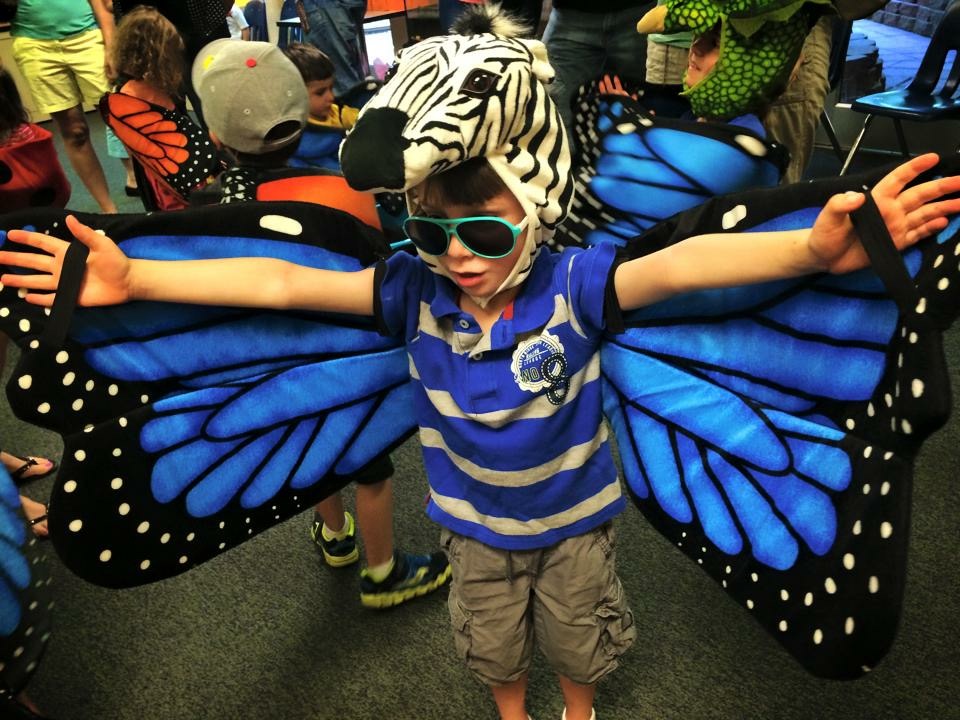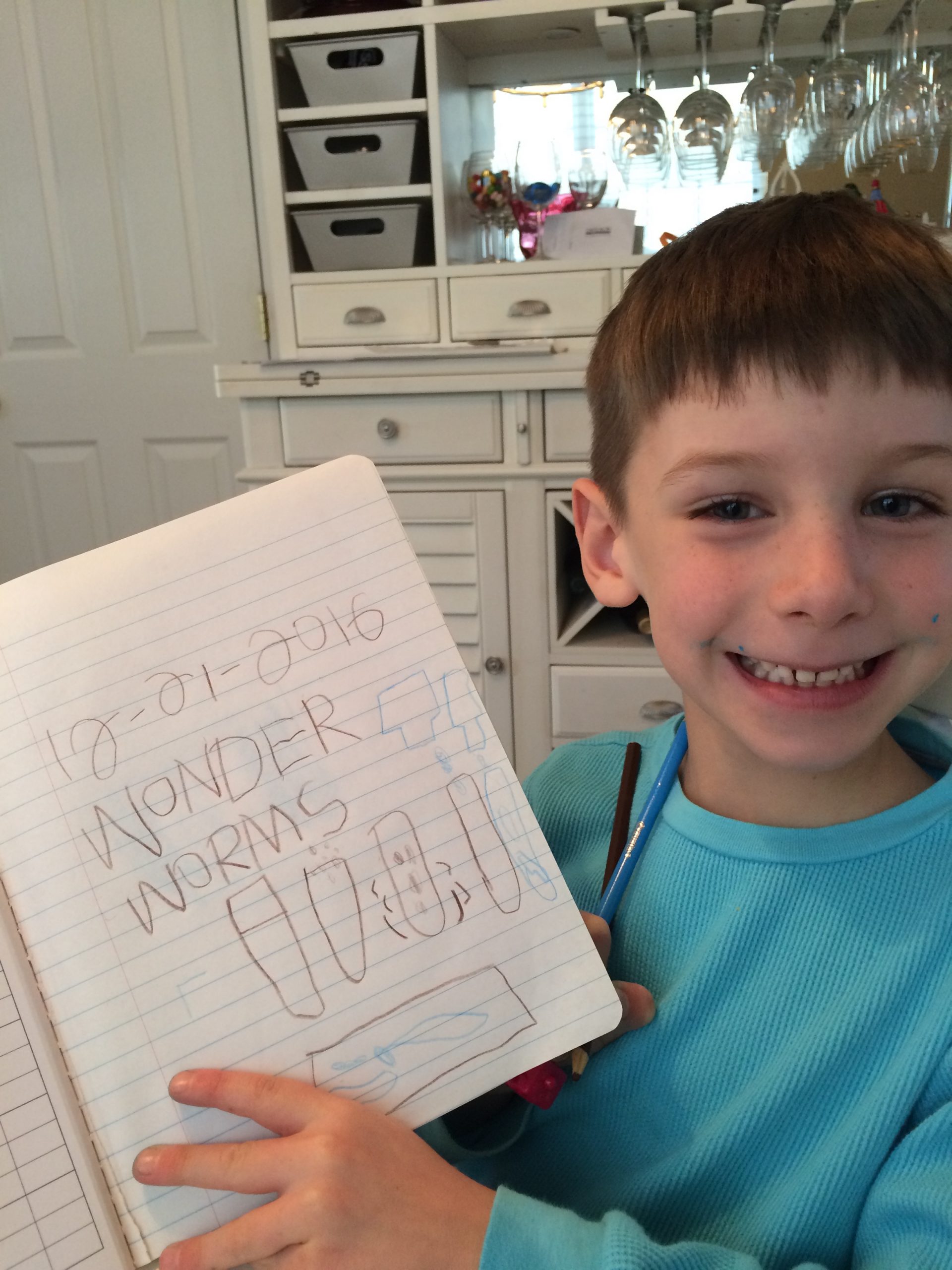School prayer is often considered lacking in today’s education and the reason for the many things that is wrong in society today. Yet, it is misunderstood about what is permitted and what is not permitted in schools.
In 1962, the U.S. Supreme Court banned school-sponsored prayer in public schools as a violation of the First Amendment. Some schools as well as parents assume that religious expression of any kind is inappropriate. What it comes down to is schools can not initiate or sponsor religious activities. However, religious groups can meet on school property after school. In addition, students are free to privately pray anytime of the day. Although, they cannot force others to participate.
Many schools offer religious classes, or teach religion as part of history. It is better to teach about religion than to teach faith. As schools teach about religion, students do not feel pressure to participate in prayer. Thus, it does not violate separation of church and state.
Prayer Should be in Schools
Prayer in school acknowledges the heritage of this country. Many believe school prayer instills moral values and supports the values taught at home. Also, they believe school prayer leads to more tolerance of others. Thus, eliminating bullying. It instills a sense of right and wrong and promotes good citizenship. Adults that believe prayer should be in school believe there is a misinterpretation in the Establishment Clause of the Constitution. Mostly, adults believe a simple voluntary school prayer does not establish a religious preference.
Neutral
Public schools intend to educate all students. Taxpayers pay to support the schools. Therefore, they must remain neutral on issues that involve school prayer. There is no formal prayer that honors all aspects of religion or suits nonreligious beliefs. The belief is that religion is the role of parents and the institutions in which they belong.



